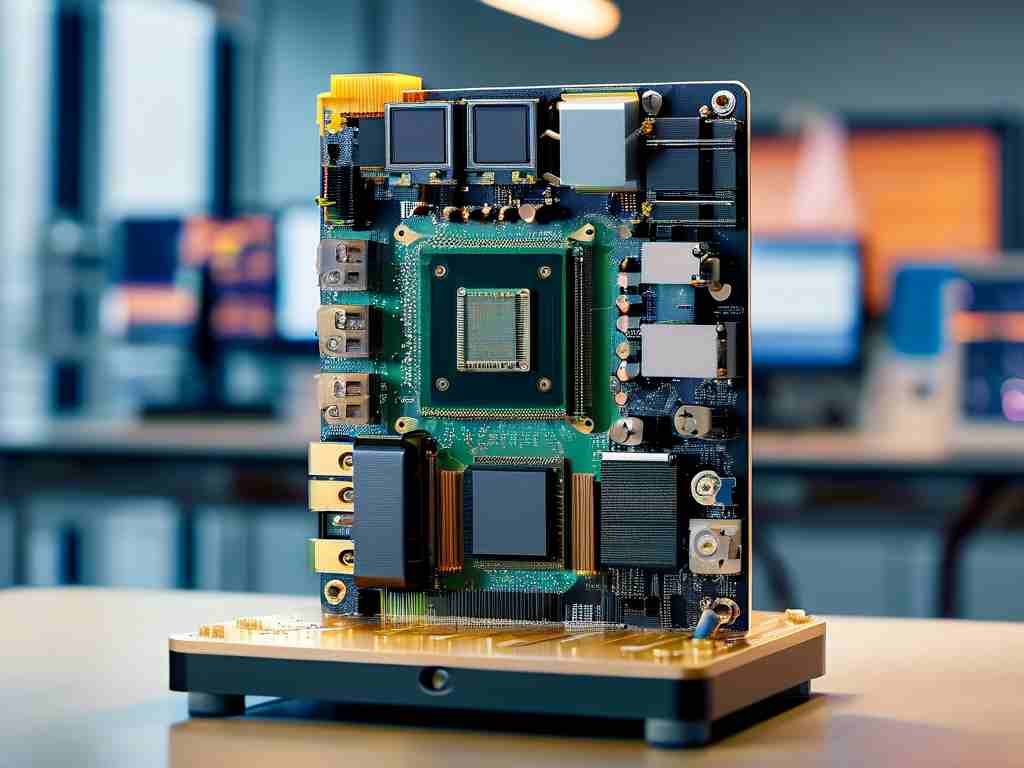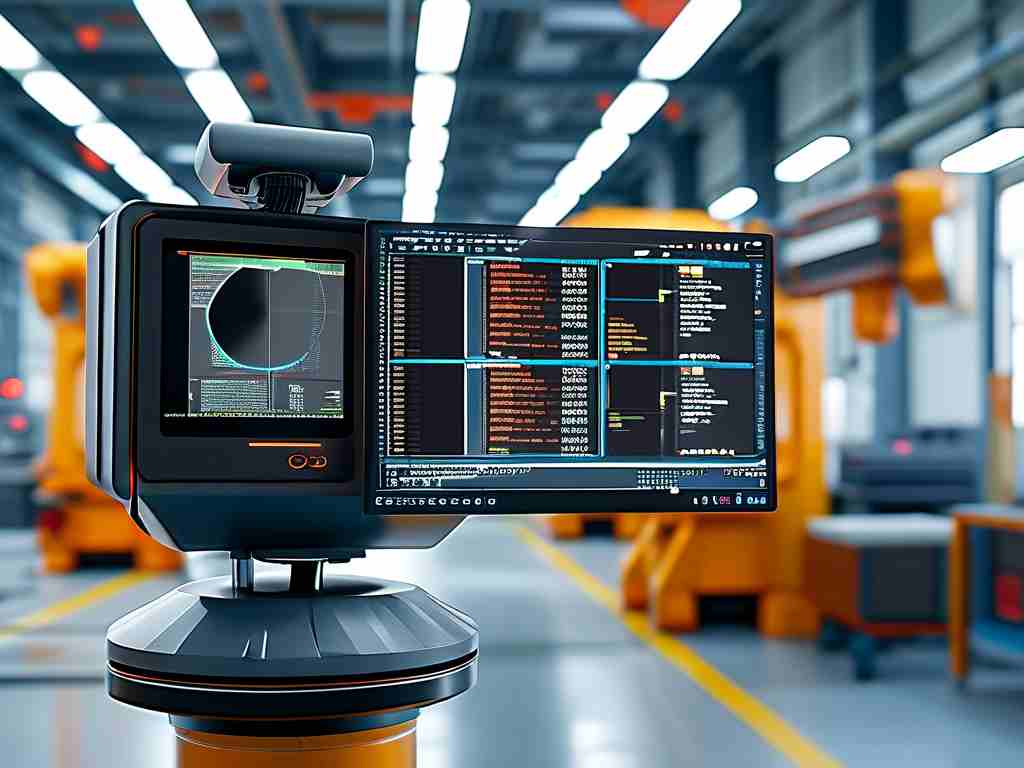The integration of embedded systems education with practical coursework has become a cornerstone of modern engineering programs. Among these initiatives, the Positive Atom Embedded Development Course Design stands out as a structured approach to equipping students with industry-relevant skills. This article explores the framework of this curriculum, its technical components, and its real-world applicability.

Curriculum Structure and Objectives
The Positive Atom course design emphasizes a hands-on methodology, bridging theoretical concepts with tangible projects. Students begin with foundational modules covering microcontroller architectures, peripheral interfacing, and real-time operating systems (RTOS). A key aspect is the use of STM32-based development boards, which serve as the primary hardware platform. These boards, coupled with tools like Keil MDK or STM32CubeIDE, enable learners to write, debug, and deploy firmware efficiently.
One distinctive feature is the incremental complexity of assignments. Early tasks focus on GPIO control and timer configurations, while advanced projects integrate communication protocols like SPI, I2C, and CAN. For instance, a mid-term assignment might involve creating a temperature monitoring system using an STM32F407 chip and a DS18B20 sensor. The code snippet below illustrates a basic sensor initialization routine:
#include "stm32f4xx.h"
void DS18B20_Init(void) {
GPIO_InitTypeDef gpio;
RCC_AHB1PeriphClockCmd(RCC_AHB1Periph_GPIOB, ENABLE);
gpio.GPIO_Pin = GPIO_Pin_6;
gpio.GPIO_Mode = GPIO_Mode_OUT;
gpio.GPIO_Speed = GPIO_Speed_50MHz;
GPIO_Init(GPIOB, &gpio);
}
Project-Based Learning
A capstone project requires teams to develop an IoT-enabled smart agriculture system. This integrates sensor networks, LoRaWAN communication, and cloud data visualization. Students must optimize power consumption—a critical skill for battery-operated devices. Such projects mirror industry workflows, including version control with Git and collaborative debugging sessions.
Technical Challenges and Solutions
Common hurdles include interrupt latency management and memory allocation conflicts. The curriculum addresses these through targeted labs on FreeRTOS task scheduling and heap management. For example, a workshop might task learners with balancing sensor polling rates and wireless transmission intervals to prevent buffer overflows.
Industry Alignment
The course incorporates emerging trends such as edge AI. A module on TinyML demonstrates deploying machine learning models on microcontrollers. Using TensorFlow Lite, students create gesture recognition systems with accelerometer data—a technique applicable to wearable devices.
Assessment and Outcomes
Evaluation combines code reviews, system demonstrations, and documentation quality. Graduates report heightened proficiency in debugging and system integration, with many securing roles in automotive electronics and consumer IoT sectors.
In , the Positive Atom Embedded Development Course Design fosters a robust skill set through its blend of structured learning and open-ended challenges. By mimicking real-world engineering constraints, it prepares students to tackle the evolving demands of embedded systems innovation.









